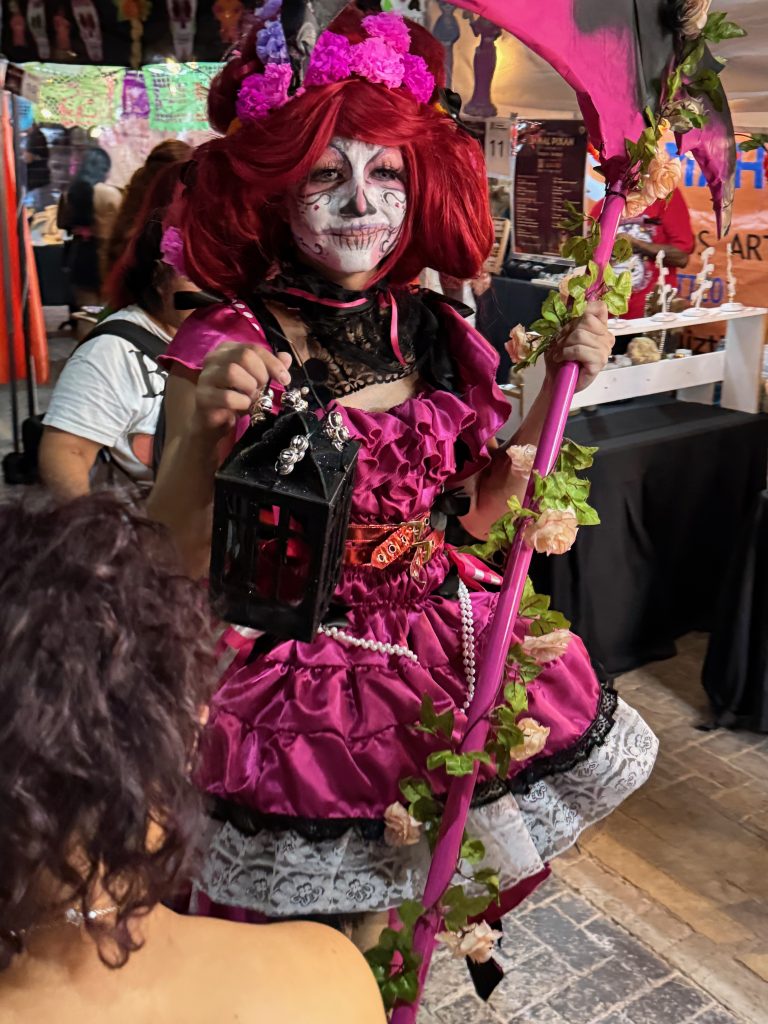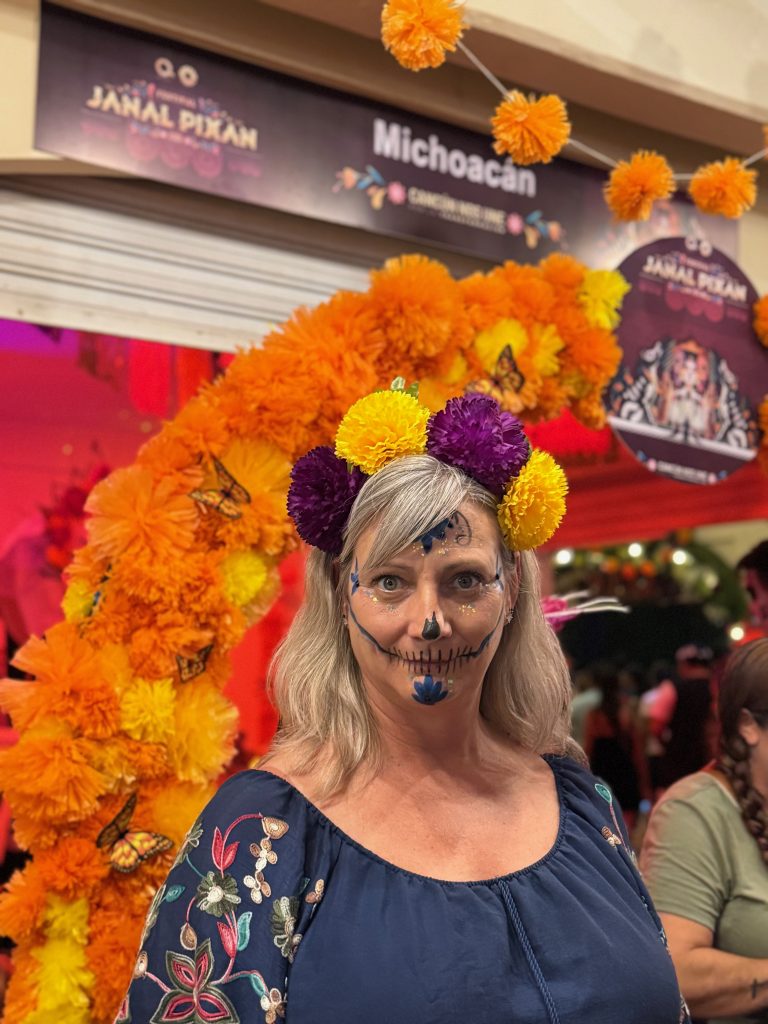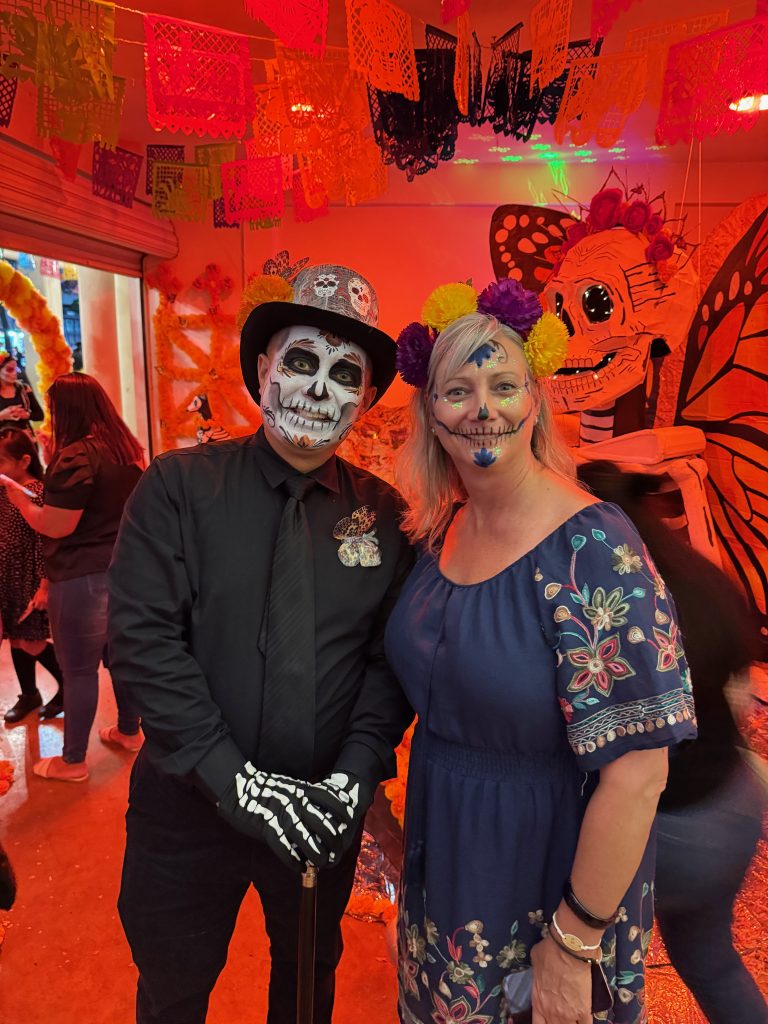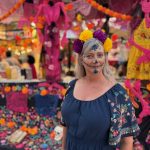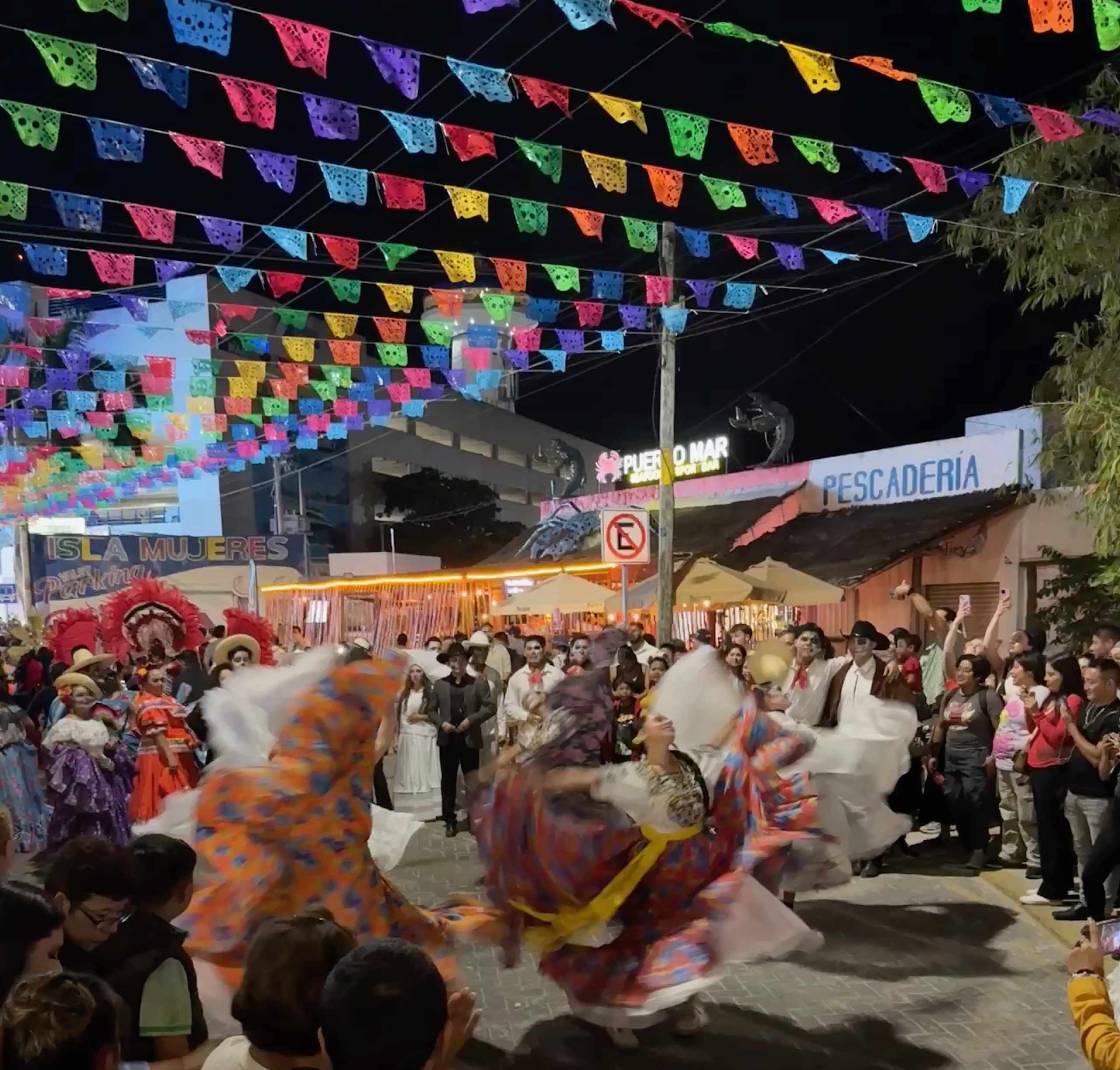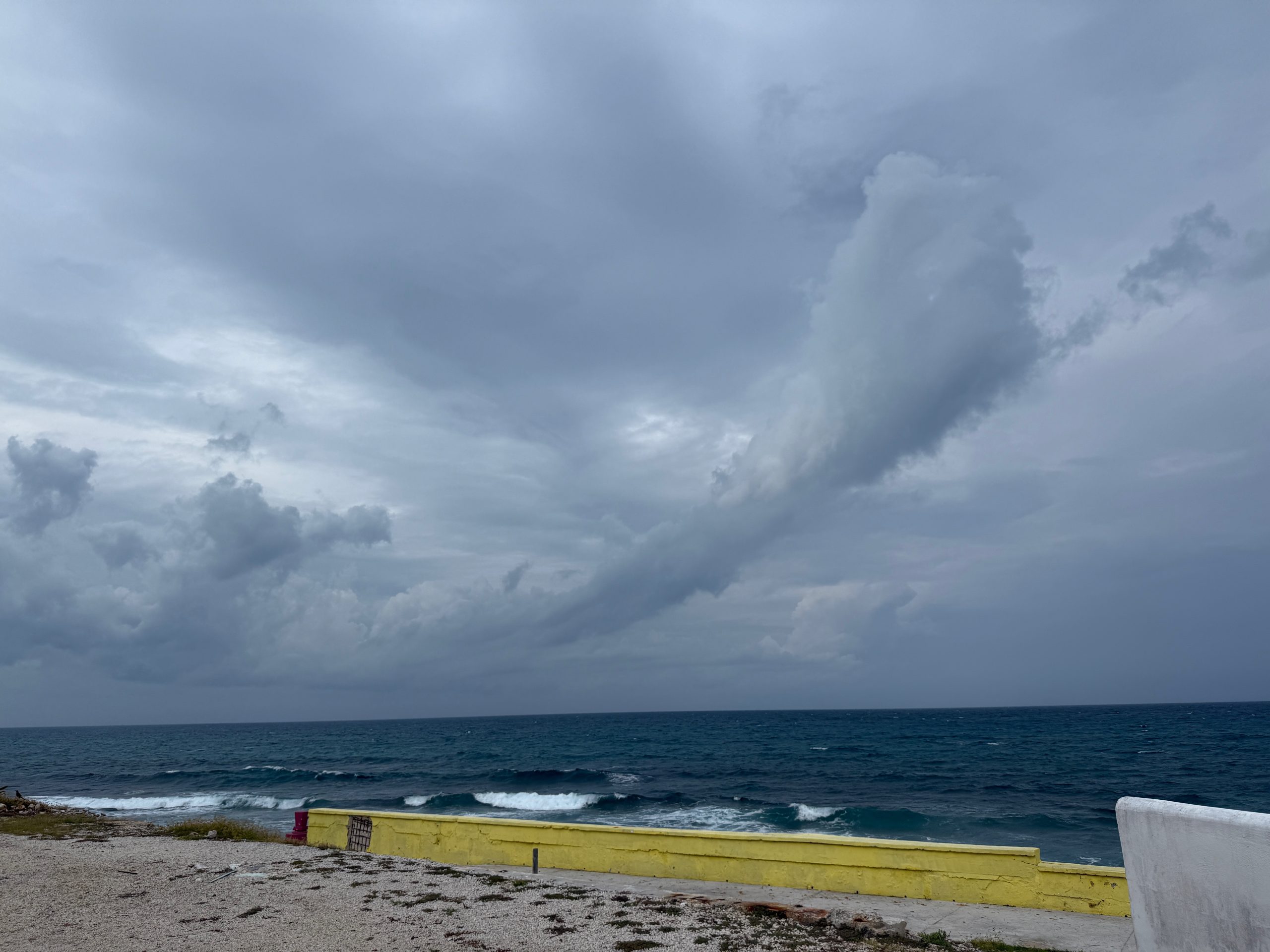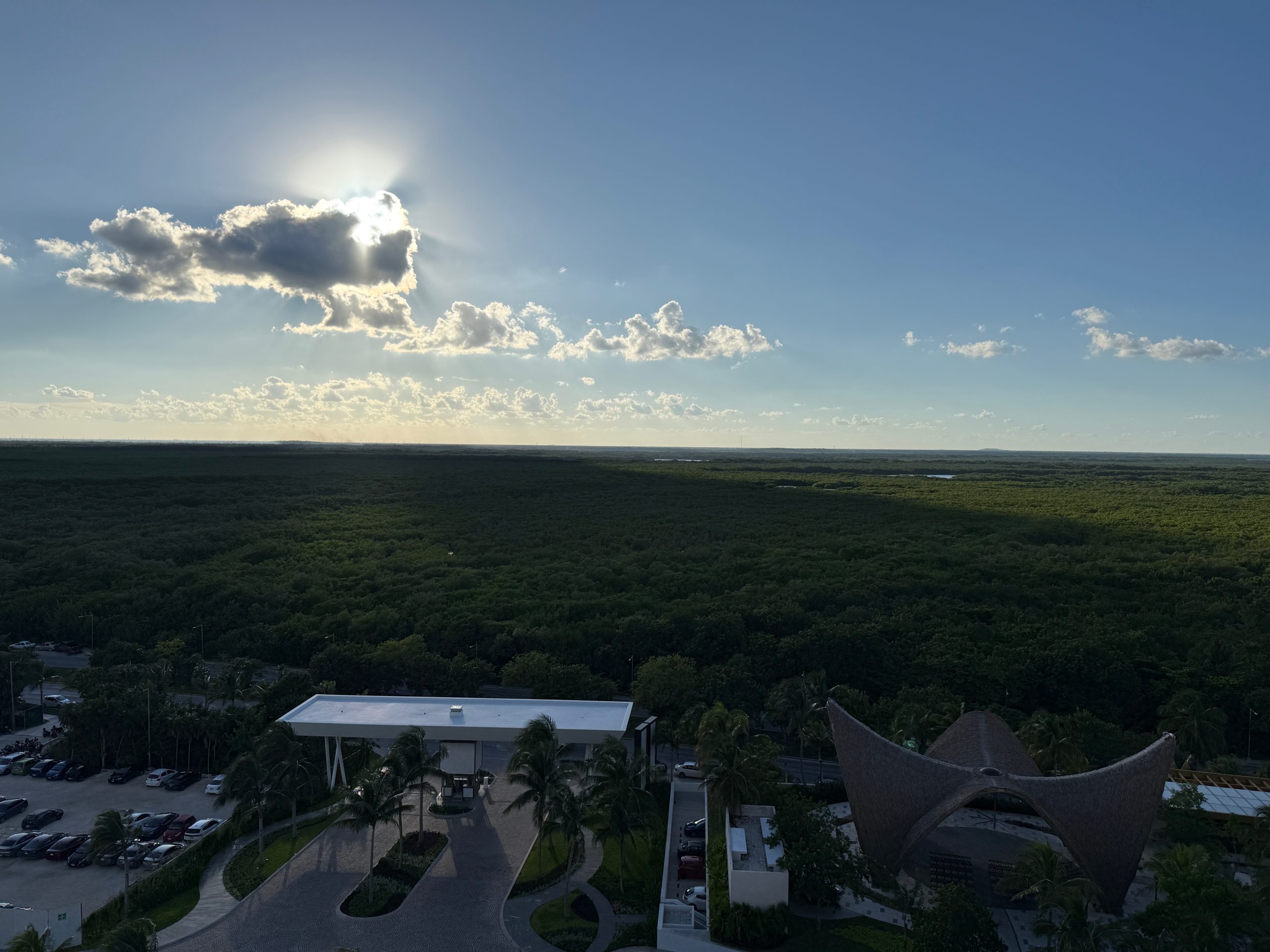Ah, La Catrina! She’s one of the most recognizable figures of Día de los Muertos, tall, elegant, and very dead. Picture a skeleton woman in a grand hat with feathers and flowers, wearing a gown straight out of early 20th-century high society. She’s both beautiful and eerie, a symbol of how Mexicans playfully and profoundly confront death.
Her story begins not as a folk goddess, but as political satire. Around 1910, the Mexican illustrator José Guadalupe Posada created a zinc etching called La Calavera Garbancera. It mocked the Indigenous women who, aspiring to European standards of beauty and class, powdered their skin white and wore fancy French hats. The name “Garbancera” itself was a jab, these were people selling garbanzos (chickpeas) instead of native corn, symbolizing cultural imitation.
Later, the great muralist Diego Rivera resurrected her in his 1947 mural Sueño de una tarde dominical en la Alameda Central (“Dream of a Sunday Afternoon in the Alameda Central”). Rivera dressed her in a full, elegant outfit and called her La Catrina, which roughly translates to “the well-dressed lady.” He even painted himself as a child holding her hand, turning her from a caricature into a national icon.
In the context of Día de los Muertos, La Catrina became a joyful symbol of the Mexican philosophy that death is not the end. She mocks class pretensions: rich or poor, fancy or humble, all end up as bones. Yet she’s also a celebration of continuity. A celebration of how the dead remain part of the living world, laughing and dancing beside us.
You’ll see her everywhere during the festival. In painted faces with skeletal smiles, statues and dolls adorned with marigolds and lace. She’s a little reminder that even mortality can be stylish, if you meet it with grace and humor.
At many festivals, there are stalls where artists offer to paint attendees faces so they too can participate in the La Catrina tradition. By late in the evening, there are many Catrinas walking around with painted faces, headbands of flowers and flowing dresses. Many cities and towns in the United States have adapted this tradition during the Halloween season.
